Bohemian and artistic, Montmartre was once home to Pablo Picasso, Vincent van Gogh, Henri Matisse, Pierre-Auguste Renoir, Edgar Degas, Henri de Toulouse-Lautrec, Salvador Dalí and Amedeo Modigliani, amongst others. In fact, it is here that Picasso and Georges Braque founded Cubism. Famous also for the Moulin Rouge, Montmartre was where I chose to stay during my month in Paris, booking an apartment through Air BnB on Rue Lamarck, just 50 metres from Lamarck-Caulaincourt metro station and a short walk up Montmartre Butte to the Sacre Coeur,
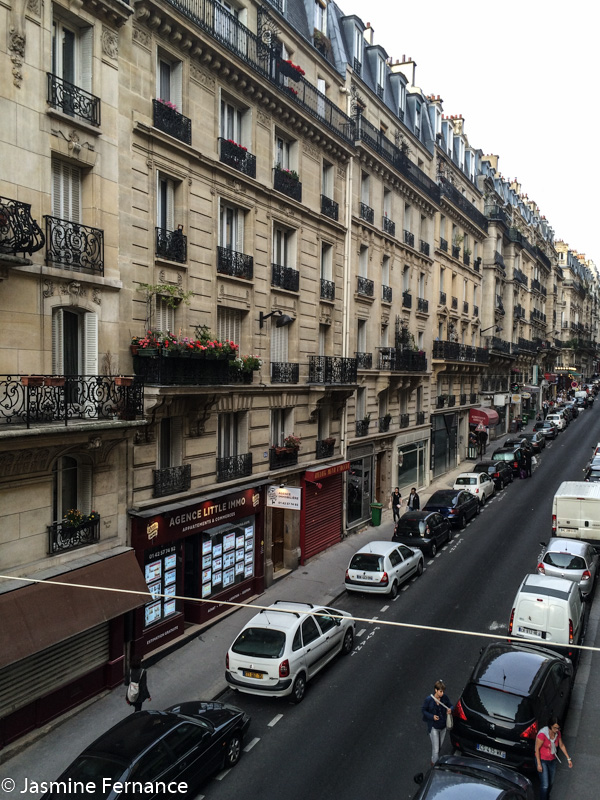
Located down the hill on the rear side of the Sacre Coeur, my street and area were quietly residential , away from the throngs of tourists who climb (or take the funicular) up the front of the hill. On this side I could get a sense of the real Montmartre, which was once a village located outside Paris, but swallowed by the city as it continued to grow.
Within 200 metres of my apartment I had two boulangeries, a fromagerie, a boucherie, two fruit stores, three small supermarkets (which at home would be mini-markets), several bottle shops and too numerous to mention small local restaurants, cafes and bars, devoid of any tourists. Everything a girl needs while staying in Paris, it was my French heaven.
Narrow cobblestone streets and alleyways wind their way up the hill from Rue Lamarck to the Sacre Coeur. I walked many different routes during my many wanders, but my favourite took me up to Place Dalida (on the corner of rue Girardon and rue de l’Abreuvoir), which afforded wonderful views up the Rue de l’Abreuvoir to the Sacre Coeur.
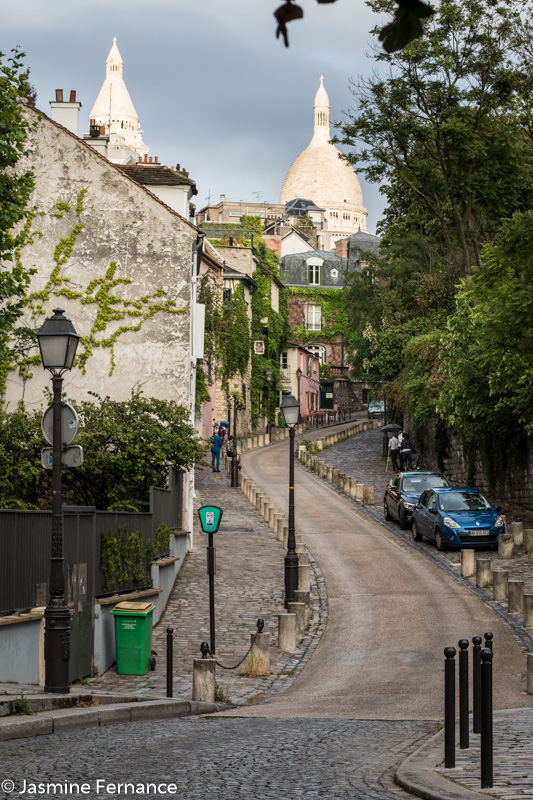
Continuing up Rue de l’Abreuvoir to Le Maison Rose, this lovely restaurant is a great place to stop for a late breakfast, and the surrounding streets are beautiful and picturesque.
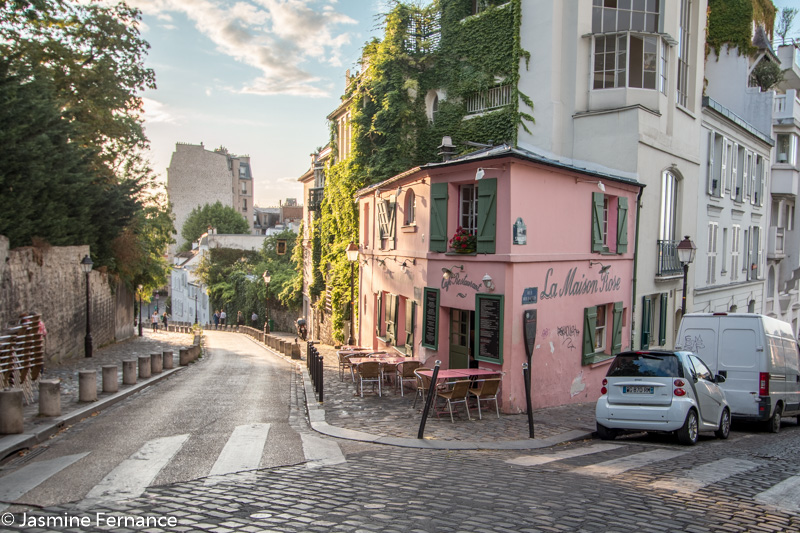
To the left of Le Maison Rose on the corner Rue des Saules and Rue Saint-Vincent lies the Montmartre Clos, a small vineyard from which a small amount of Montmartre wine is produced each year. Closed to the public for much of the year, it opens briefly for visitors around the September harvest.
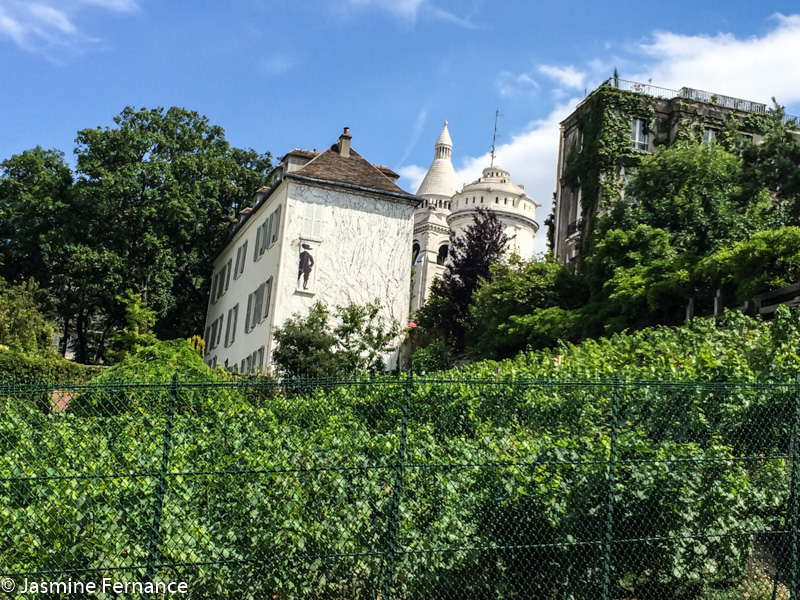
Following this route I would soon reach the Sacre Coeur. The stairs in front of the basilica offer great views over Paris, especially at night, but climbing the 380 stairs to the dome of the basilica gives a much better 360 degree view of the city. The inside of the Sacre Coeur is beautifully elaborate but photos are not allowed.
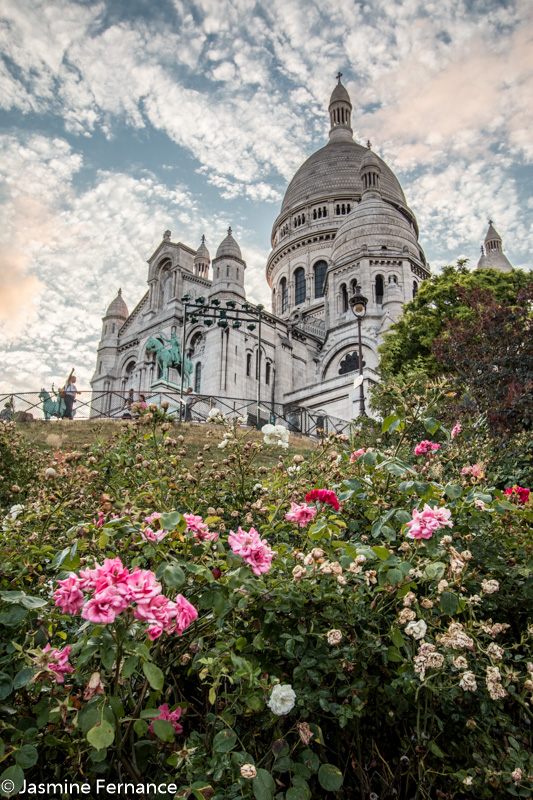
Around the corner from the Sacre Coeur is the Place de Tertre. In summer this artists square is filled with mediocre restaurants all vying for the business of the large amount of tourists milling about. I wouldn’t recommend eating at any of these overpriced places, but instead get something light to take away, such as a crepe from the many hole in the wall creperies, and eat while wandering. The streets around the Place de Tertre are filled with souvenir shops and small galleries which can be fun to browse through, and there are constantly new surprising views of the Sacre Coeur.
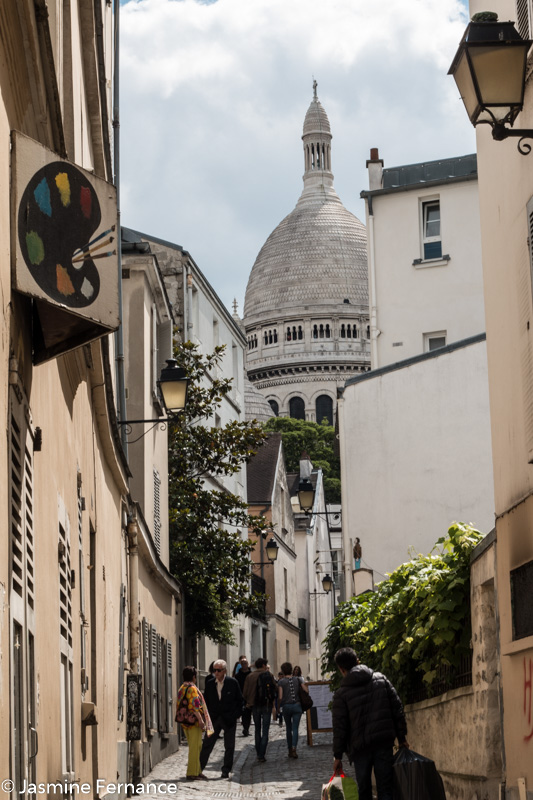
A stones throw from the Place de Tertre is Espace Dali, a gallery with the largest number of Dali artworks in France. Fascinating sculptures and etchings fill this small space and it’s an easy gallery to visit with no queues and no crowds. I recommend getting the audio guide for a full immersive experience.
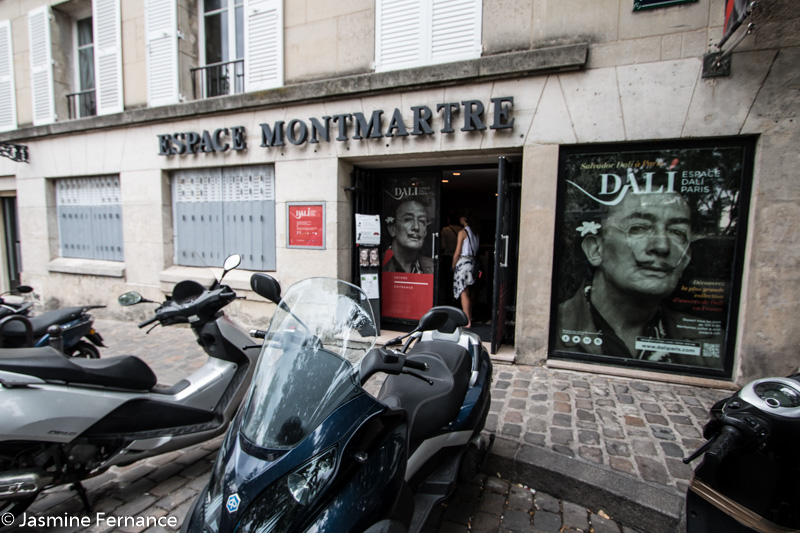
Back toward to Sacre Coeur and you’ll pass the view of the Eiffel Tower, though for the best view you should climb the Sacre Coeur. Further along is the funicular, carrying people up and down the hill. I prefer to walk. The space at the bottom gives great views back up the hill to the church and there is a beautiful old fashioned carousel for the kids to enjoy. Beware the scammers on the stairs who try to put a string around your wrist. They’ll tell you it’s tradition, and will then demand payment. I kept my arms and hands very close to my body to avoid them.
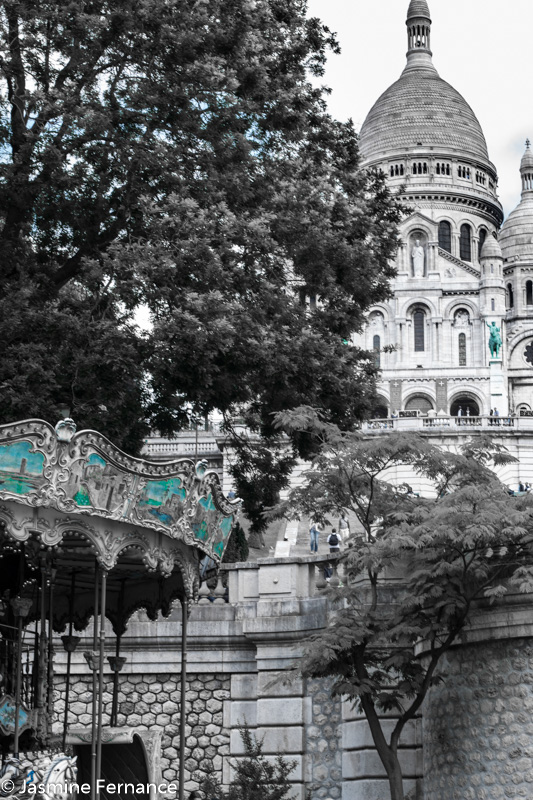
A short walk from the base of the funicular is the Abbesses Metro Station, the deepest station in Paris at 36 metres, and one of only two glass covered entrance left in the city. Behind the station entrance is a small park with the Wall of Love, a love themed wall that has ‘I love you’ inscribed in 250 languages. Paris really is the city of love.
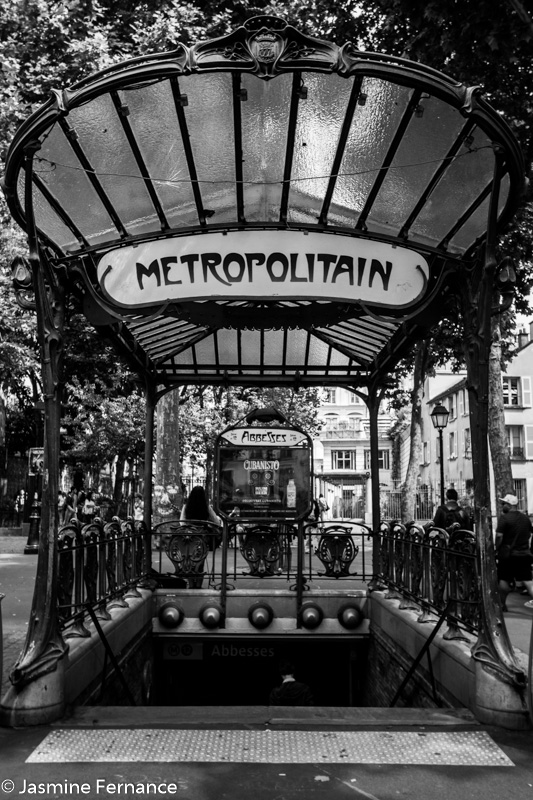
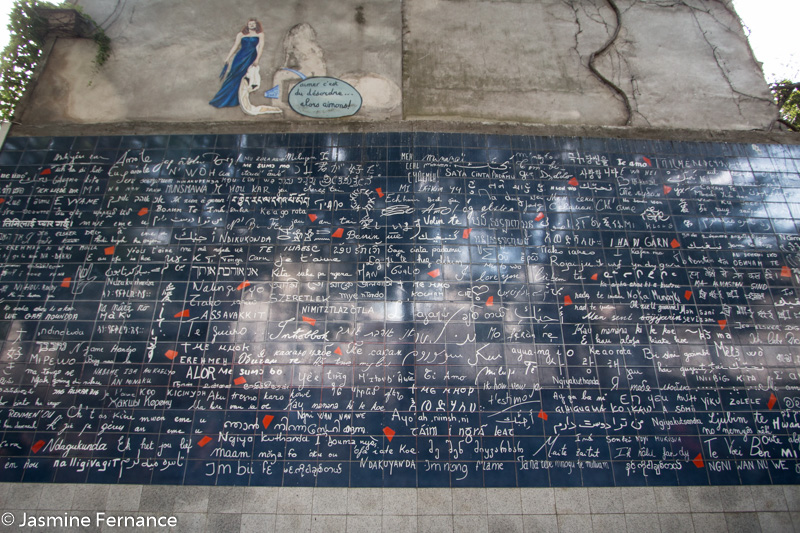
If you’re a fan of the iconic French film Amelie, starring Audrey Tatou, then don’t miss the Café des Deux Moulins on Rue Lepic. This is where the central character Amelie Poulain worked in the film, and you can always find tourists taking photos outside.
We are entering the Paris red light district now, and amongst the sex shops and ‘massage’ parlours is where you’ll find the original Moulin Rouge, with the iconic red windmill.
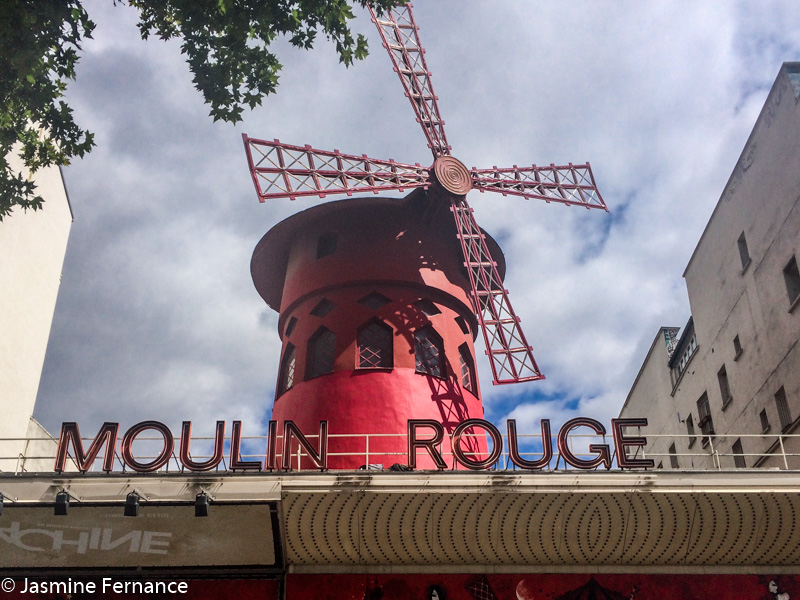
The Montmartre Cemetery is nearby to the Moulin Rouge and is a quiet refuge from the crowds. Here you’ll find the graves of the artist Edgar Degas and inventor of the saxophone Adolphe Sax. I was confused to also see Alexandre Dumas’ grave as well, as he is one of the few people buried in the Pantheon, however I later found out that it is the authors son who lays in the elaborate tomb in Montmartre.
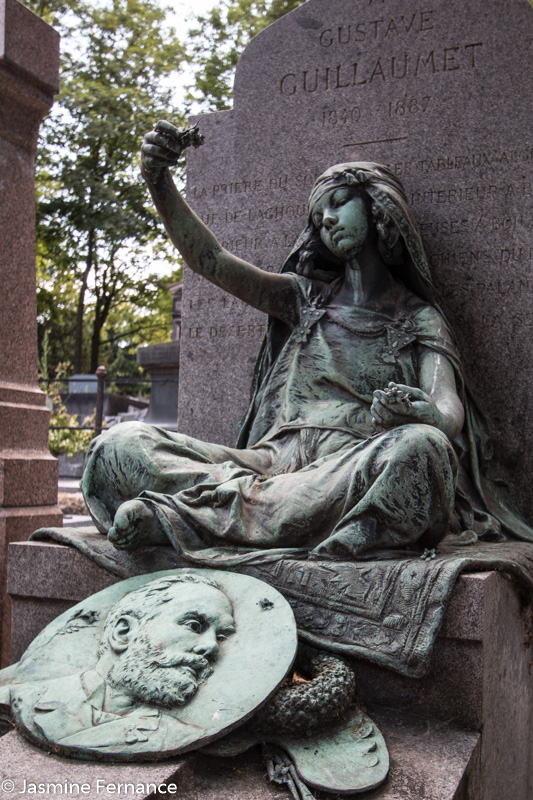
Finally we are almost back at the start and heading up Rue Caulaincourt. A long, steep set of stairs takes us back down to Rue Lamarck and it is at the base of these where my favourite Parisian restaurant is located. Au Pied du Sacre Coeur has an amazing menu of traditional French dishes including my favourite Onion Soup. You’ll also find escargot, frogs legs, froi gras, duck and many more exceptional and tasty dishes. This is a restaurant that should not be missed.
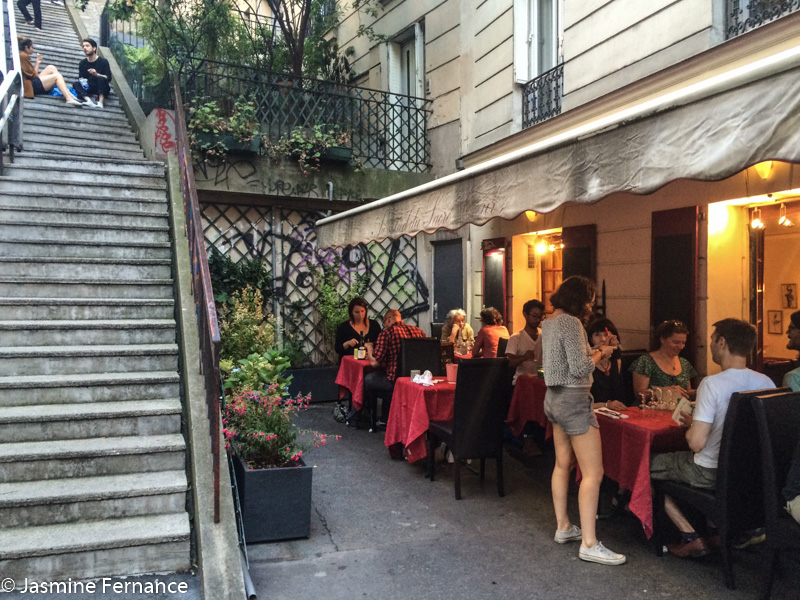
That pretty much sums up my ideal day in Montmartre. Of course, if you have the time like I did you could spread this out over a longer period, and discover more hidden pockets and streets.
A map of the walking tour route can be found here.
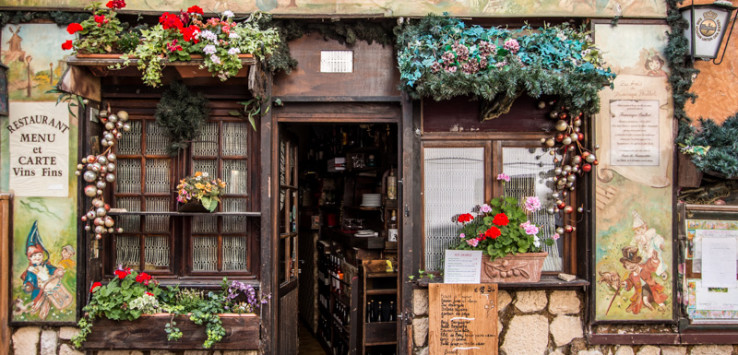
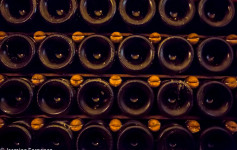
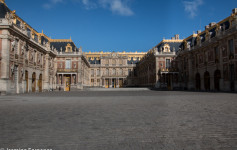

Great pics Jas, makes me want to visit!